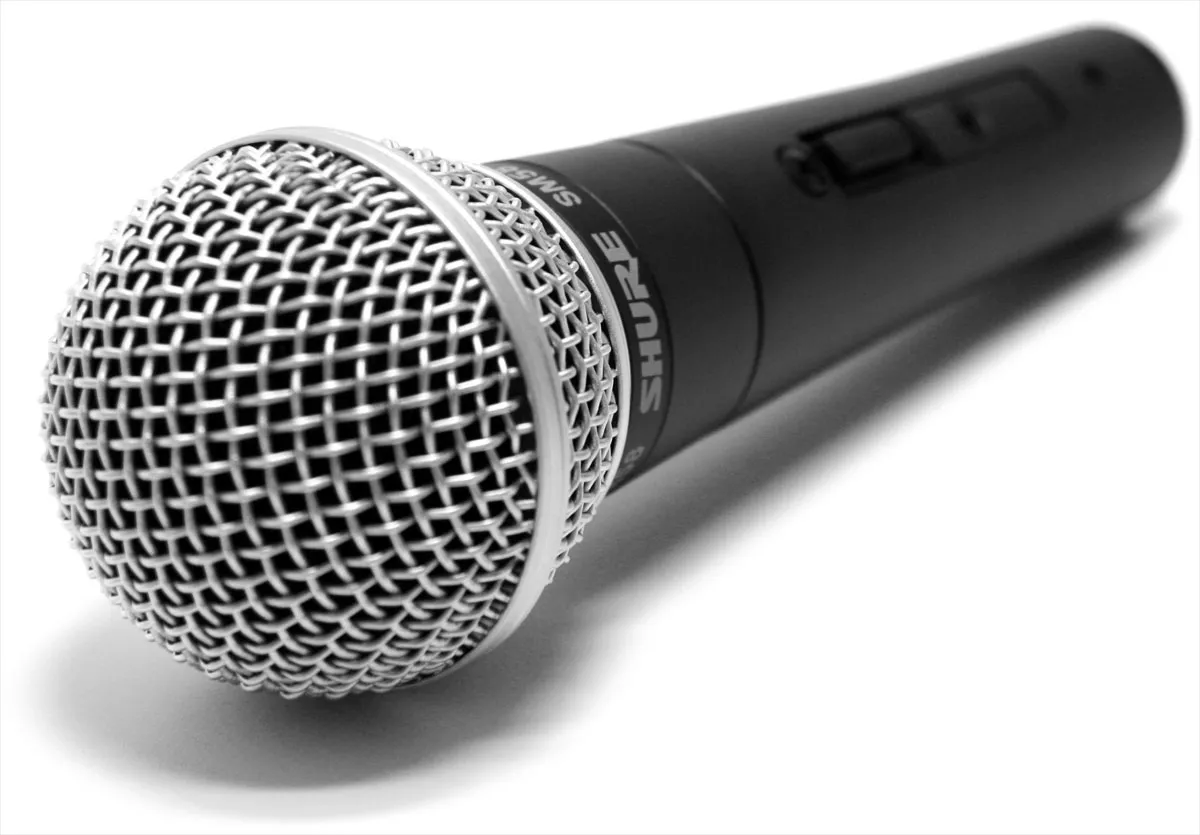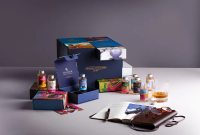When you set up a recording studio, mic a garage band, or mix sound in 3D, you will definitely come across these two types of microphones. There are good and bad things about both types of mics. Let’s look at the two types and talk about how to use each one.
The Shure SM58 is a very popular dynamic microphone.
MICROPHONES THAT MOVE
People most often use dynamic microphones at live events and to record loud, high-sound-pressure instruments like guitars and drums.
SOUND PRESSURE
Dynamic microphones are usually less sensitive than condenser mics, but they can handle more sound pressure without distorting in most real-world situations. The Shure SM58, which is the industry standard, has a sound pressure limit (SPL) of 150 dB at 100 Hz before it starts to distort. For comparison, 140 dB is the level of pain for the human ear. The SM58’s maximum sound pressure level (SPL) at 10 kHz is 180 dB, which NASA says is about the same as the sound level of a space shuttle launch. The SM58 can take everything you throw at it in normal recording situations.
LONGEVITY
Dynamic microphones also tend to last longer than condenser microphones. This is because condenser microphones often have sensitive electronics that can break if they fall or spill. On the other hand, venues can use the same SM58s on stage for 20 years or more, even after taking a beating every night.
COST
Most of the time, dynamic mics cost less than condenser microphones. Dynamic microphones usually cost between $100 and $400, whereas condenser mics can cost as much as $700 to $1,000. The Neumann U87 is a $3000 condenser microphone that a lot of studios utilize.
SOUND SENSITIVITY
Dynamic microphones have a trade-off when it comes to sound sensitivity. Dynamic microphones are great at picking up sounds with a lot of pressure, but because of how they are made, it can be harder to pick up on details and subtleties than with condenser mics. Most dynamic microphones also need to be quite close to the sound source in order to pick up an isolated signal.
The AKG c414 is a great microphone that is often used in studios.
Microphones with condensers
Condenser microphones are usually used in studios because they have the widest frequency response and the best transient response.
QUALITY OF THE STUDIO
Condenser microphones are great for recording vocals, strings, acoustic guitar, woodwinds, and other sources that put out a lot of information since they are incredibly sensitive. The diaphragm of a condenser microphone is substantially lighter than that of a dynamic microphone, which means it can pick up sound waves much more accurately. When it comes to sound quality, condenser mics are better than dynamic microphones. However, they do have some problems and limitations.
POWER FROM OUTSIDE
First of all, condenser mics need an outside power source, which is usually 48V phantom power. Most mixing decks and studios can now give phantom power. Some condenser mics employ vacuum tubes to power them, however this is usually limited with rare or vintage mics. It can be annoying to have to plug in an external power source, however most don’t need a separate power supply box anymore.
Delicateness
Condenser mics are also often delicate and can’t handle the same kind of abuse as dynamic microphones can. Because of this, you don’t often see condenser mics on stage during live music shows, except for the rare orchestral or choral performance and perhaps as drum overheads. Some condenser mics are so sensitive that changes in the weather or humidity might make them work differently or create noise.
COST
As was said before, condenser mics can be expensive. There are cheap solutions, but the sound quality of low-end microphones won’t be as good as that of high-end or even mid-range microphones. A Rode NT1-A might work for home recording for $229, but most professionals will spend more on mid-range microphones like the Rode NTK or Neumann TLM 102, which cost about $700. A professional live music venue can buy a lot of Shure SM58s for $99 each, but a professional recording studio couldn’t do the same.
IN COMPARISON
A good condenser microphone will make the most accurate and high-fidelity sound recording, even though they have some quirks and problems. Dynamic microphones are quite flexible, but condenser mics are the best for sound quality. Click here for a full study and illustration from Shure that will help you understand the technical differences between the two types of microphones.
How to choose the best microphone
Choosing the best microphone for you is always going to be a matter of opinion, much like most things in audio. People have different tastes for gear, but there are a few common uses for each type of microphone.
Microphones that are dynamic
Sound for live shows Guitar amps
Drums with snares
Situations where you need a mic outside
When you need something that will last
Microphones with a condenser
For usage in the studio
Singing
Strings
Woodwinds
The guitar that plays by itself
Overheads for drums
DO YOU HAVE A HARD TIME DECIDING? These are some of our best choices.
DYNAMIC MICROPHONES Shure SM57/SM58—$99
Sennheiser e935 costs $169.
The Shure SM7B costs $399.
RE-20 by Electro-Voice—$449
The Sennheiser MD 441-U costs $899.
Rode NT1-A condenser microphone costs $229.
AKG C214 costs $399.
Rode NTK: $529
$699 for the Neumann TLM 102
AKG C414 costs $899.
Neumann U87 costs $3199.




